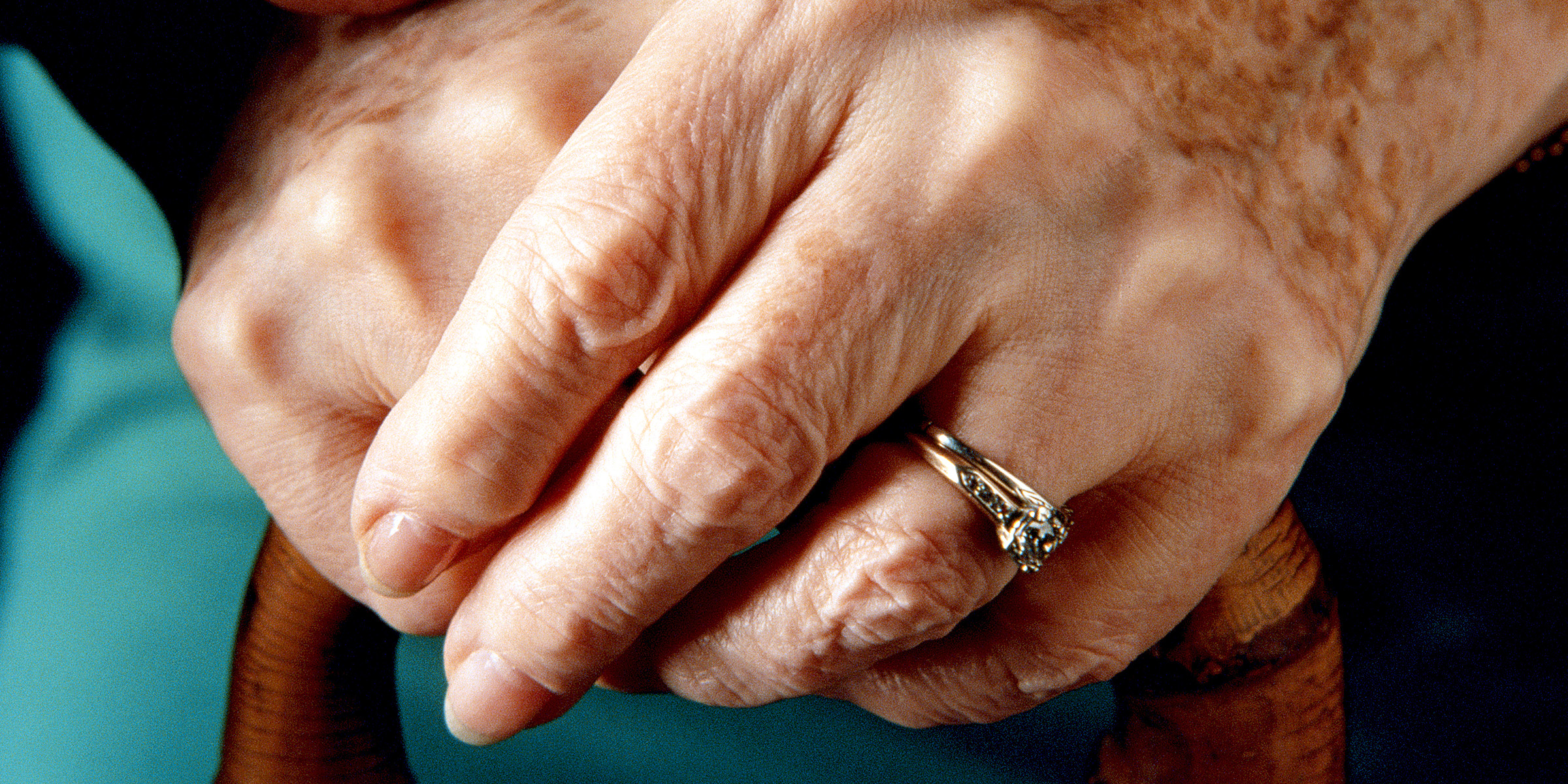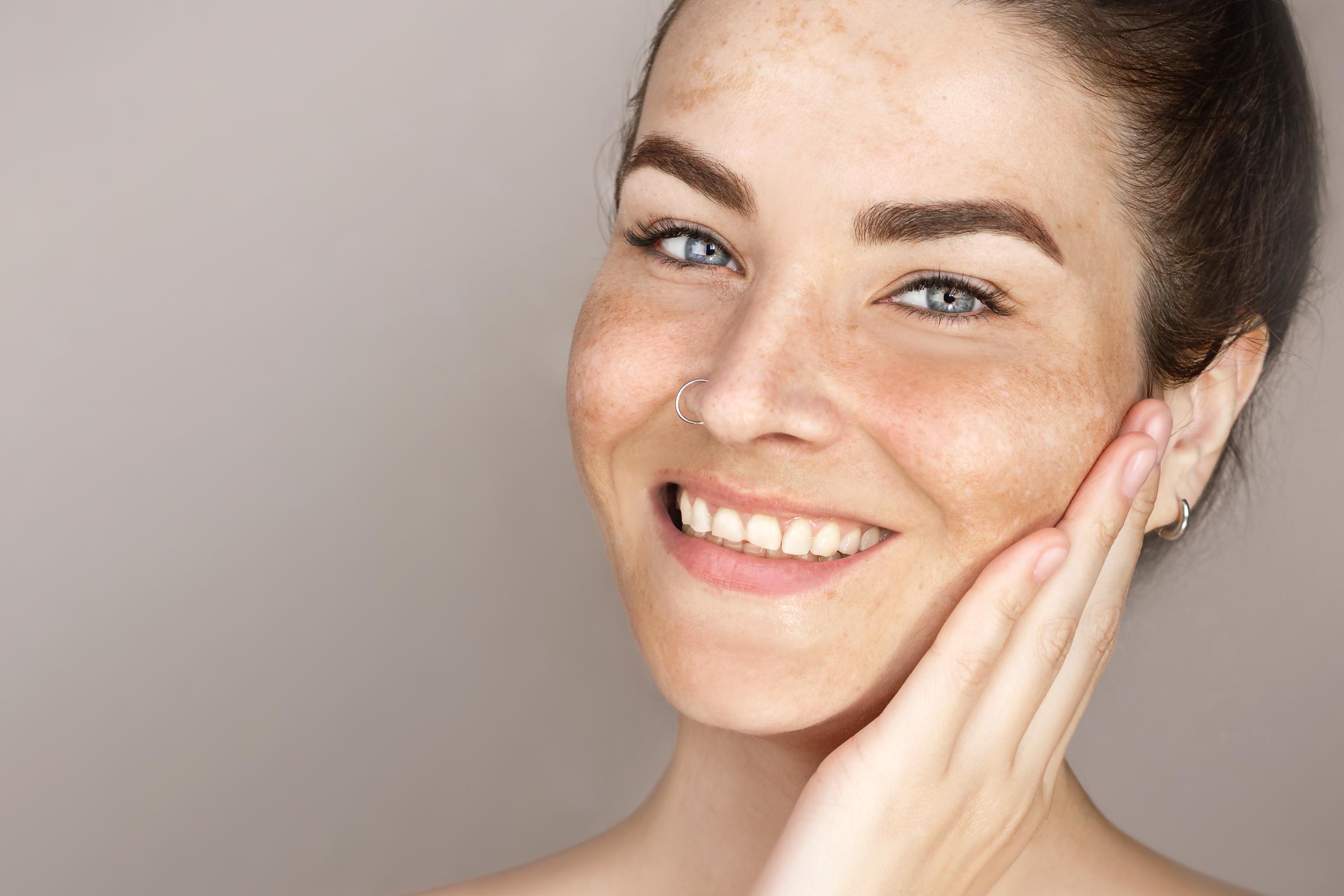
Age Spots 101: What Causes Them and What You Can Do to Prevent Them
Age spots may be relatively common among older people, and may seem almost inevitable. While they are naturally occurring, there are ways to prevent their appearance.
You may have seen age spots on your grandparents' skin, on your elderly neighbour, or an elderly stranger at your favorite café — those small, dark areas that often appear on the arms, face, and hands.
While they are nothing to be ashamed of, you might be wondering if that will be you one day. Fortunately, it doesn't have to be, as age spots are preventable. To understand how to prevent them, however, you have to understand how they occur.

An elderly woman with age spots on her face | Source: Getty Images
What Causes Age Spots?
Age spots — also known as sunspots, liver spots, or solar lentigines — are small, flat dark patches on the skin that vary in shape and size. They usually develop on areas frequently exposed to the sun, such as the face, arms, shoulders, and hands.
They are an indication that the skin has received a lot of sun exposure over time and were your body's attempt at protecting your skin from further sun damage. These spots are more common among adults aged 50 and above, though younger people can also develop them.
This is particularly true if you have skin that burns easily and tend to spend a lot of time under the sun. Age spots typically do not require treatment as they are essentially harmless. That said, they can be lightened or removed at the discretion of a dermatologist.

A person with age spots on their back | Source: Getty Images
How to Prevent Age Spots
Protecting your skin from the sun is one of the most effective ways to prevent age spots — and keep your complexion healthy and even-toned. Here's how to reduce sun exposure and safeguard your skin every day:
- Avoid peak sun hours: The sun's rays are strongest between 10 a.m. and 2 p.m. Whenever possible, plan outdoor activities for earlier or later in the day to minimize direct UV exposure.
- Wear sunscreen daily: Apply a broad-spectrum sunscreen with at least SPF 30 about 15–30 minutes before going outside. Use it generously and reapply every two hours — or more often if you're swimming or sweating.
- Cover up: Opt for tightly woven clothing that shields your arms and legs, and choose a wide-brimmed hat for better protection than a cap or visor. For extra defense, look for clothing labeled with an ultraviolet protection factor (UPF) of 40 to 50.
Taking these simple precautions can help you prevent new spots from forming and maintain radiant, youthful-looking skin over time.

A young woman with age spots | Source: Getty Images
When to See a Doctor
Sometimes, what appears to be an age spot could actually be a cancerous growth. If you notice a spot that grows rapidly, changes color, has an irregular border, or bleeds, it’s best to consult a doctor or dermatologist promptly.
By keeping an eye on any changes to your skin and taking consistent sun protection measures, you can help prevent age spots and catch potential issues early. Healthy skin care isn't just about appearance — it's about protecting yourself for the long term and feeling confident in the skin you're in.
The information in this article is not intended or implied to be a substitute for professional medical advice, diagnosis or treatment. All content, including text, and images contained on AmoMama.com, or available through AmoMama.com is for general information purposes only. AmoMama.com does not take responsibility for any action taken as a result of reading this article. Before undertaking any course of treatment please consult with your healthcare provider.
